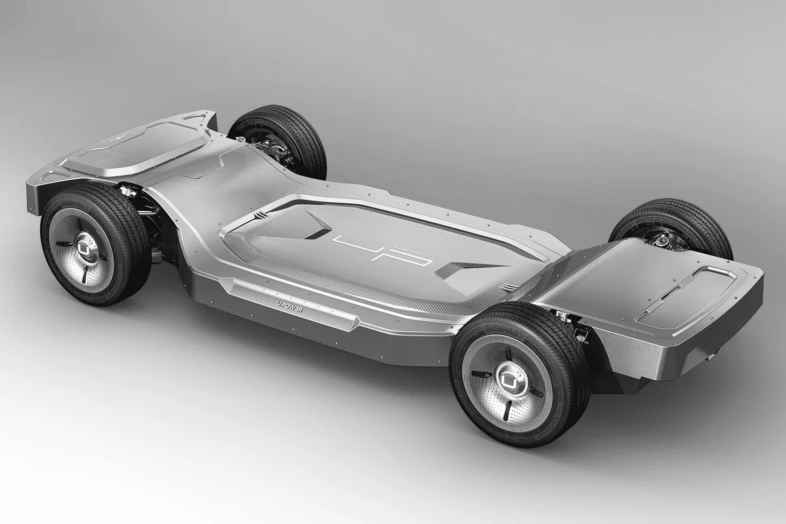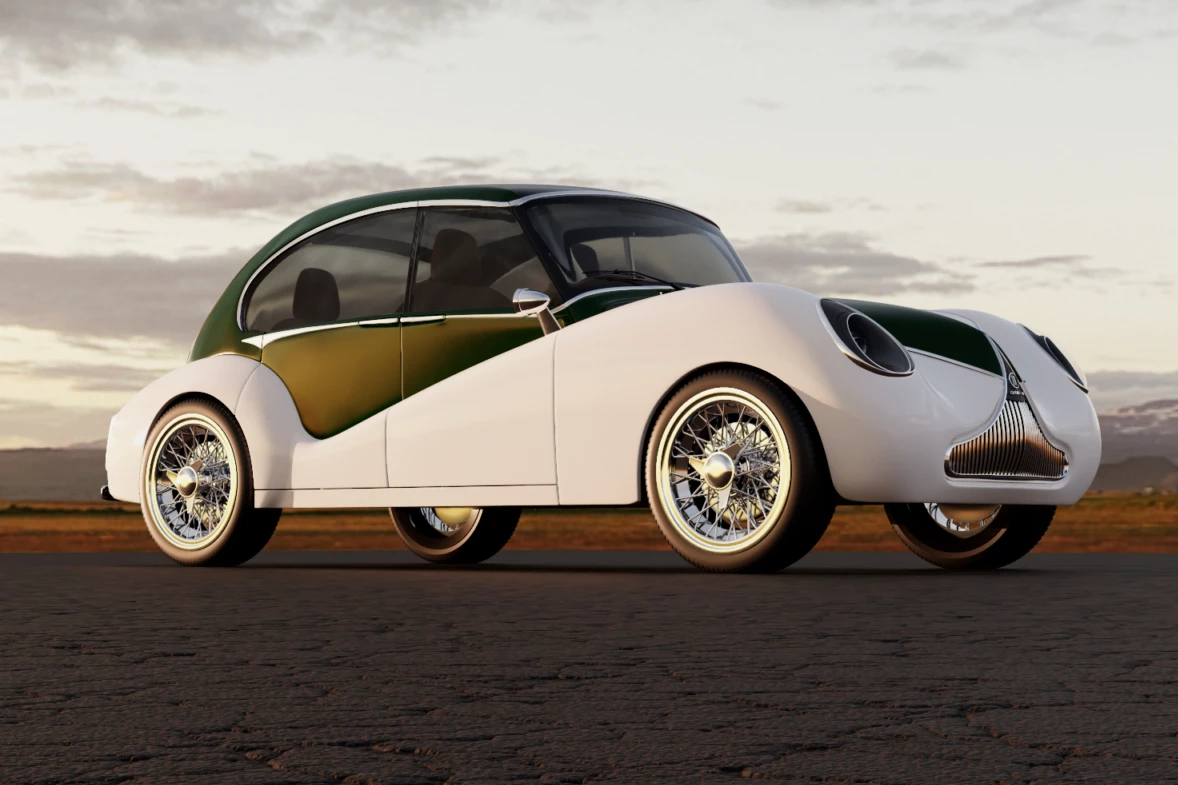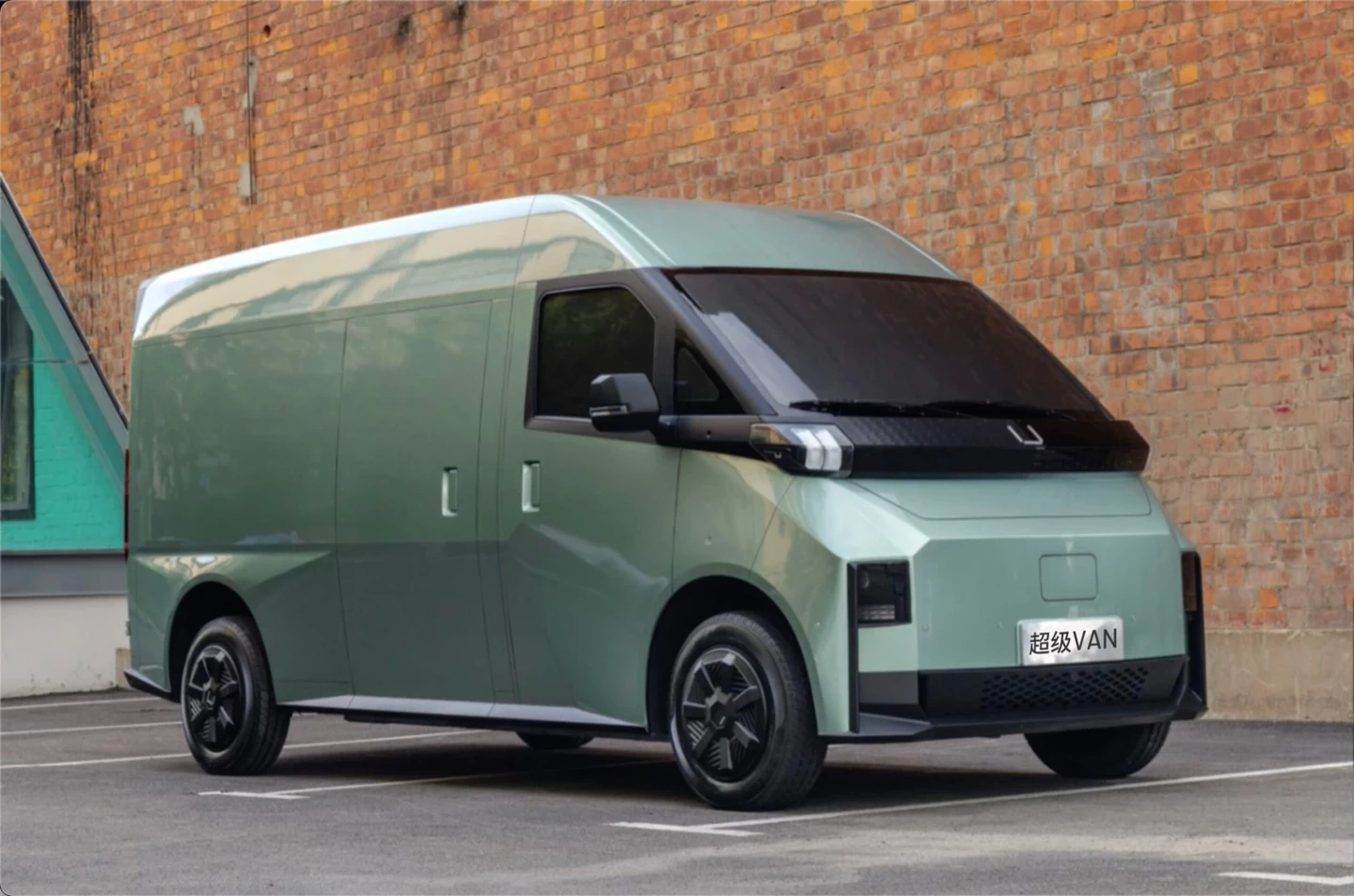Imagine how much faster and easier it would be to produce electric cars if you didn't have to design or build the chassis and drivetrain. That's the idea behind so-called "skateboard chassis," such as the soon-to-hit-the-roads UP Super Board.
Currently being showcased at CES 2024, the Super Board is made by Chinese electric mobility company U Power Tech.
Like similar offerings from firms like REE, it's essentially a ready-to-roll platform upon which different third-party vehicle bodies can be mounted. Automakers such as Honda and Hyundai are also developing skateboard chassis for use in their own electric vehicles.

Along with simply serving as a base for the body, the Super Board incorporates the batteries (under the floor), front and rear motors, suspension, thermal management system, drive-by-wire steering hardware, plus a Level 2+ driver assistance system (in which steering, braking and accelerating are automated, but a driver must always be present and ready to take control).
The exact technical specifications will vary depending on the requirements of the individual automakers to whom the technology is licensed. In any case, U Power claims that use of its platform should reduce the development time of EVs by at least six months, while also greatly reducing costs. Additionally, with the chassis already taken care of, automobile designers could conceivably be more creative when it comes to the look and layout of cars' bodies.

Such certainly seems to be the case with the eye-catching Model O1, a Super-Board-based EV manufactured by New York-based Olympian Motors. The first batch of the cars should be shipping to US customers later this year.
U Power is also manufacturing a Super-Board-based EV of its own, called the UP Van. The cargo vehicle can carry up to 3,500 lb (1,588 kg) and reportedly travel up to 171 miles (275 km) per battery-charge. Deliveries to commercial clients in North America, Japan, Southeast Asia, Europe and China should commence in the second half of this year.

Detroit's Lumos EV Inc is additionally developing a last-mile commercial van, the LC2, which is based on the UP Van model (including the Super Board). It should be available in Mexico by the middle of this year, with a rollout into the US and Canada planned for early 2025.
You can see an early version of the UP Super Board ripping around on a frozen lake, in the video below.
Source: U Power Tech






